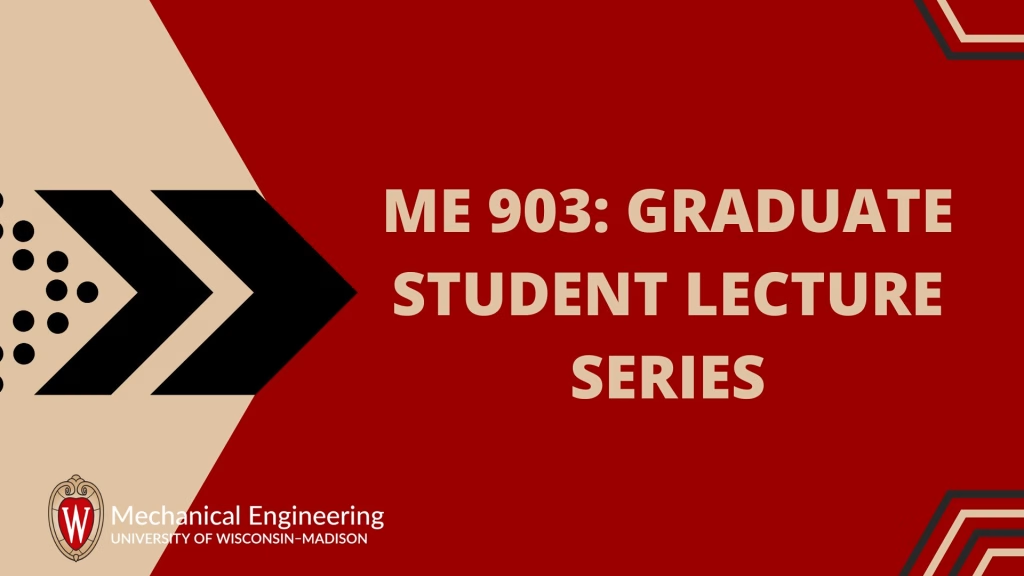
- This event has passed.
CBE Seminar Series: Peidong Yang
September 17, 2024 @ 4:00 PM – 5:00 PM
Peidong Yang
Department of Chemistry
University of California – Berkeley
Berkeley, CA
30 years of semiconductor nanowire research: a personal journey
Wires of different forms have been an integral part of our human society for centuries. Electricity is being delivered through powerlines to every household; information is routinely transmitted through optical fibers, and bridge-building requires the use of mechanically robust cables. In the past 30 years, scientists have fundamentally discovered a new process of making nanoscopic wires, 1000 times thinner than human hairs, enabling a new generation of computing, integrated photonics, and energy and biomedical technologies. After several decades of research, semiconductor nanowires with predictable and controlled electrical properties can be synthesized[J. Am. Chem. Soc. 2001, 123, 3165], thus providing optoelectronically-tunable nanoscale building blocks for device assembly for the first time, including nanoscopic lasers [Science, 2001, 292, 1897; Science, 2004,305, 1269], solar cells [Nature Materials, 2005, 4, 455], gate-all-around vertical silicon nanowire transistors [Nano Lett. 6, 973, 2006], nanofluidic transistors [Phys. Rev. Lett., 2005, 95,086607], intracellular optical and electrical probes [J. Am. Chem. Soc. 2007, 129, 7228; Nature, 2007, 447, 1098; Nature Nanotech., 2012, 7, 191], thermoelectrics [Nature, 2008, 451, 163] and (bio)photochemical diodes [Nano Letters 2015, 15, 3634; Science, 2016, 351, 74]. Nanowire represents an important class of nanostructure building blocks for photovoltaics as well as direct solar-to-fuel conversion because of their high surface area, tunable bandgap, and efficient charge transport and collection. In this talk, I will present a brief history of nanowire research for the past 30 years and highlight the synthesis of nanowires using well-defined chemistry. I will summarize the progress of research in nanowire photonics and thermoelectrics. In addition, these semiconductor nanowires, with their unique photoelectrochemistry, are then used for artificial photosynthesis based on (bio)photochemical diode system design, where solar energy is converted and stored in chemical bonds in a solar-driven CO2 fixation process.


